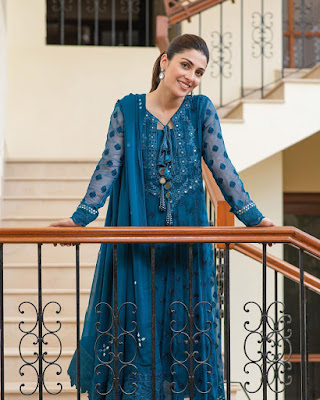Tuesday, 08 May, 2012 00:53
Putting the life into an image is an art.
It isn’t always about Canon L glass.
Here I’ll explain exactly why this is and how to get the most from the more ‘unusual’ lenses on eBay.
Beautiful but vacant imagery in the vain of a glossy network TV show - this isn’t really my cup of tea.
I’m more interested in adding a very personal mark to my cinematography – what is the point of mimicking Game of Thrones or Lost? It’s already been done, in crisp clean HD where available™
I just shot this single cover for a musician friend – why the hell do I need a sharp lens to do this?
I have never felt compelled to look at MTF chart when buying a lens, rather, I look at the images it produces on Flickr. Here’s an example of something unusual… a vintage cinema lens, the Cooke Kinetal 12.5mm.
It is far from technically perfect. The coating is 1950′s technology. There’s a rainbow all over the right hand side. The bokeh is very textured with halos around it that somehow emphasise the presence of the bokeh, rather than making everything creamy clean and boring.
And you know what? It works.
This lens was crafted by hand in England through the 60′s and 70′s. A computer didn’t come close to it. Ditto the Kern Switar 26mm F1.1 which was made by the hand of a human being not a machine.
Somehow these lenses breathe life into the clinical sterile world of HD (and 4K). My firm advice is to embrace the unusual and split your collection between the technically superb and the creatively unreal.
Whilst it is true that sharpness, lack of flare, zero vignetting and perfectly creamy bokeh is desirable…that kind of lens is but one expression in the language of cinema.
Here’s the Olympus 38mm F1.8 from an original PEN-F, made in the 70′s, on the Sony FS100.
This lens mimics the look of full frame rendering on a crop sensor. The lens is designed for a half-frame film camera (the original Olympus PEN), so the edge of the (smaller) image circle is closer to the edge of the frame on crop sensors like Micro Four Thirds, APS-C and Super 35mm. Much closer than it is with your typical full frame Canon L lens.
As a result you get a tunnelling effect to the bokeh, a curving of light at the edges and a gentle vignette in the corners. It’s beautiful.
Click to enlarge:
This week I found a very old Leica Elmar from the 50′s. These are all over the place you just have to look for them.
I picked this up for just 95 EUROS which by Leica moneybags standards is a pittance. Sure it is only F4 but that gives me a beautifully sharp image with manageable focus. It is a full frame Leica M mount lens but I use it on the Fuji X Pro 1 and Sony FS100 which are 1.5x crop. A lot of old Leica glass like this are considered collectors items but this one is cosmetically damaged near the mount. I don’t give a crap about this and I wanted it because of the character of images it produces. It is a low contrast lens which seems to increase the dynamic range of the camera, delivering velvety smooth tones like film. Here’s one from the Fuji X Pro 1 taken with the Leica M Elmar 90mm F4.
I also enjoy pairing Russian optics with anamorphic lenses. Now the Iscoramas are expensive but a Kowa 2x lens gives you a very similar image (if not a tad sharper!) for locked off shots for around $500, if you don’t mind the slow focussing mechanism of matching the focus point on both the prime and the anamorphic.
Here’s the look you can get when you pair a very very basic $20 Russian Helios 44M-2 lens with an anamorphic (in this case my 2x Isco CentaVision)….
So next time you are about to drop $1500 on a lens – make sure it is either an anamorphic, or something unique. Picking a modern piece of glass, with sterile multi-coating and perfect MTF chart is not always the best look for cinema.
Source: EOShd


